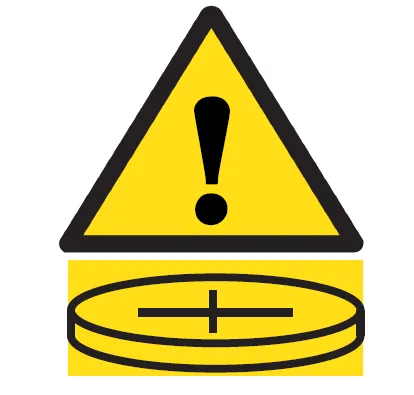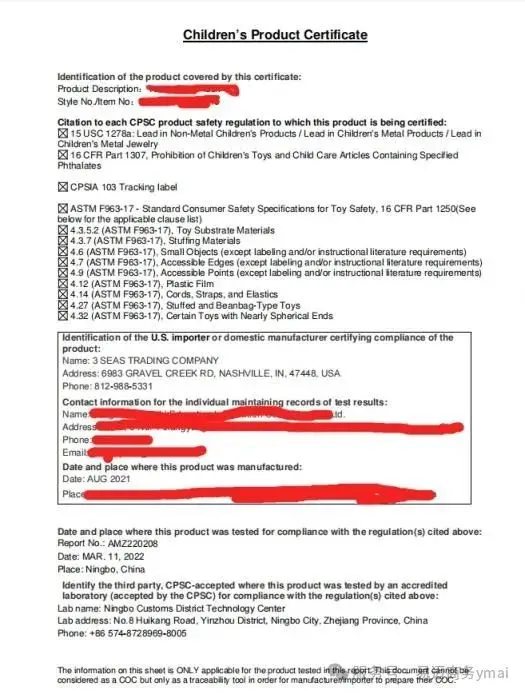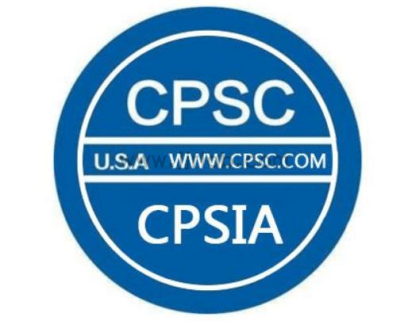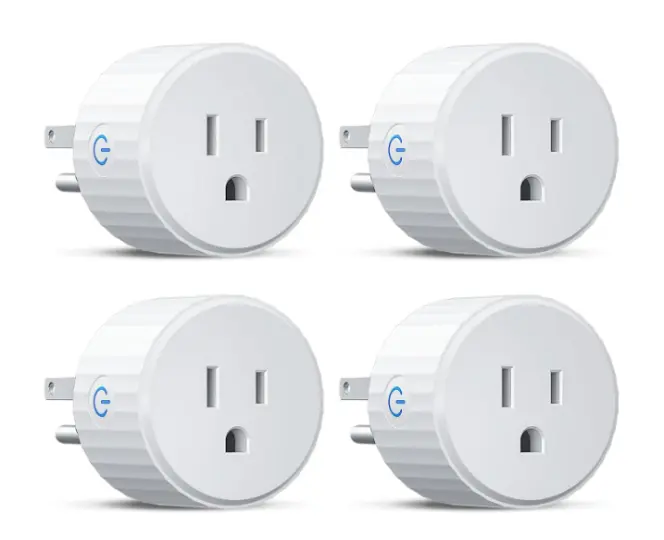
Introduction to UL 4200A Testing
What is UL 4200a?
UL 4200A is a priority bill introduced by Senators Richard Blumenthal (D-CT) and Marsha Blackburn (R-TN) that calls for safety standards for batteries in consumer products. The bill is named in memory of 18-month-old Reese Hammersmith, who died after swallowing a coin battery in December 2020. This legislation was signed into law in August 2022 and requires the U.S. Consumer Product Safety Commission (CPSC) to establish mandatory requirements for a range of battery-powered consumer products using button or coin batteries to prevent access by children.
In September 2023, the CPSC issued the final rule adopting UL 4200A:2023 as the mandatory safety standard for products containing button batteries, incorporating it into 16 cfr part 1263. This rule will be enforced starting March 19, 2024. The regulation mandates that all products using button batteries sold on U.S. e-commerce platforms like Amazon and TEMU must comply with the UL 4200A:2023 safety standard and upload the UL report to avoid being delisted.

What are the categories of button batteries?
1. CR Series:
- The CR series button batteries are a common battery type. For instance, the CR2032 has a diameter of 20mm, a thickness of 3.2mm, and a capacity of about 220mAh. It is mainly used in calculators, watches, and scales. The CR2016 also has a 20mm diameter but a thickness of only 1.6mm and a capacity of about 90mAh, commonly used in electronic toys and remote controls.
2. LR Series:
- The LR series button batteries are alkaline batteries. For example, the LR44 has a diameter of 11.6mm, a thickness of 5.4mm, and a capacity of about 150mAh, often used in watches and remote controls.
3. AG Series:
- The AG series button batteries are also common, such as AG3, AG10, AG13, and are typically used in toys and gifts.
4. SR Series:
- The SR series button batteries include silver oxide batteries like the SR626SW, which has a diameter of 6.8mm, a thickness of 2.6mm, and a capacity of about 28mAh, commonly used in watches and electronic toys.
What are the UL 4200A:2023 testing items?
1. Abuse Tests:
- These tests simulate potential abuse scenarios for button batteries, including drop, impact, crush, twist, pull, and compression. The drop test requires the battery to be dropped from a certain height onto a hard surface multiple times. The impact test involves applying force to the battery shell or battery compartment cover, while the crush test applies continuous pressure on the exposed surface of the battery with a certain force.
2. Battery Compartment Safety Test:
- This test primarily assesses the sturdiness of the battery compartment to prevent users from easily moving or replacing the battery. This is usually tested by applying external force to ensure the battery compartment does not separate during the test.
3. Labeling and Marking Requirements:
- The UL 4200A standard also specifies labeling requirements for products and packaging. These labels must be clear, permanent, and meet specific legibility standards. The label content should include warning information about battery safety to alert consumers, especially regarding the potential dangers to children.
How much does the ul 4200a testing cost?
The cost at China's JJR Laboratory is $490. We are an IEC 17025 accredited laboratory located in China, hence the lower price.
Email:hello@jjrlab.com
Write your message here and send it to us
 Toy Toxicology Testing CA
Toy Toxicology Testing CA
 CPSIA Compliance for Children's Products
CPSIA Compliance for Children's Products
 Food Contact Items Testing
Food Contact Items Testing
 Energy Star Testing Laboratory
Energy Star Testing Laboratory
 Do I Need to Test Every Color for CPSIA Compliance
Do I Need to Test Every Color for CPSIA Compliance
 Accredited Medical Device Testing Lab
Accredited Medical Device Testing Lab
 Safety Testing for Baby Wrap
Safety Testing for Baby Wrap
 United States Electrical Plug Certification
United States Electrical Plug Certification
Leave us a message
24-hour online customer service at any time to respond, so that you worry!




